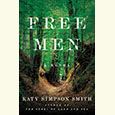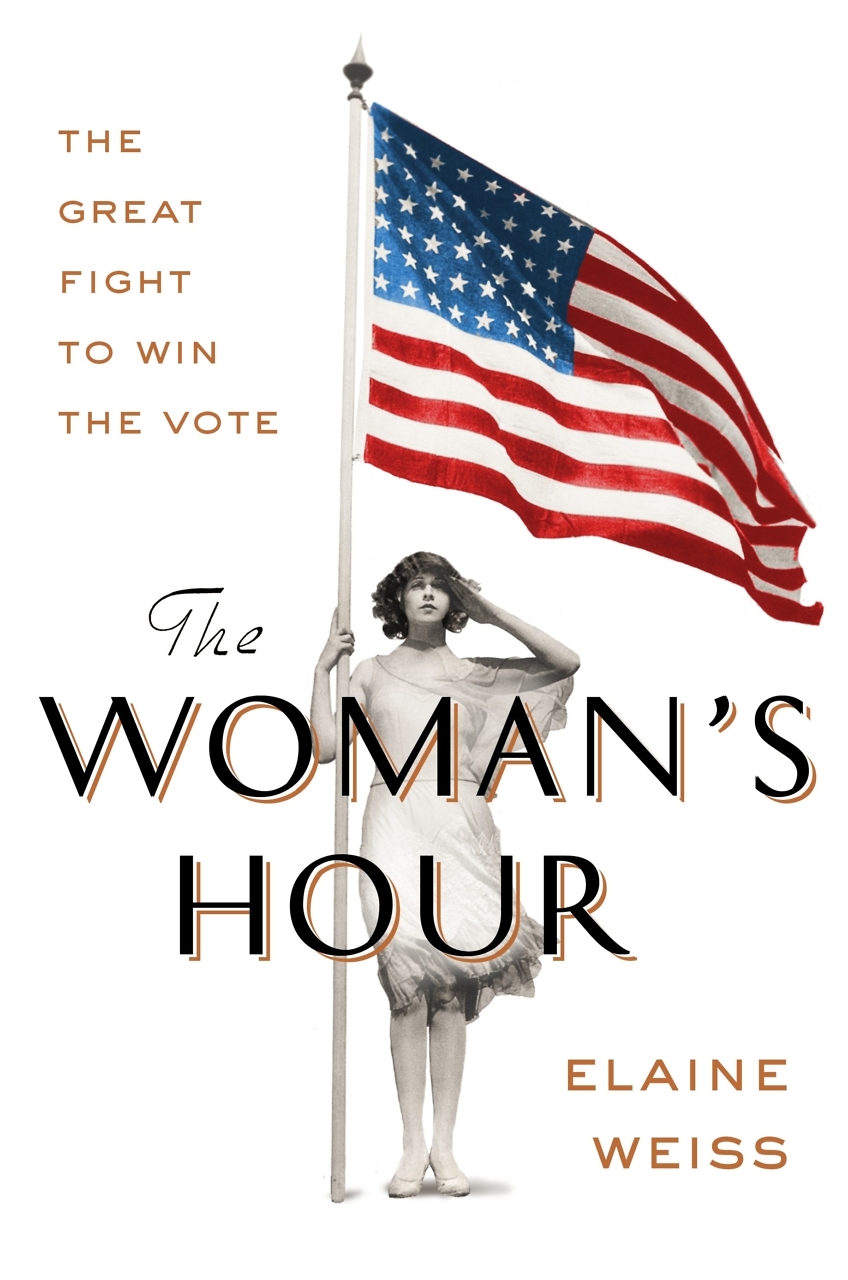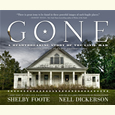Buried Secrets, Shallow Graves
Matthew Guinn’s debut novel offers a sweeping tale of slavery, skeletons, and moral dilemmas
“Dog days and the fresh bodies are arriving once again,” begins Jacob Thacker, a resident at South Carolina Medical College and protagonist of Matthew Guinn’s lyrical debut novel, The Resurrectionist. Jacob’s temporary role as the dean’s public-relations director—prevented from practicing medicine—is a requirement of his probation. As a resident the year before, Jacob had taken an extra job to help with student loans and rent. Exhaustion mixed with guilt over dying patients prompted him to reach into the supply closet for Xanax. He became hooked on the sedative’s numbing effects, and addiction cost him his job. Desperate to resurrect his career and reputation, Jacob has spent twelve months in the administrative building, consumed by menial paperwork, rote interactions with the overbearing dean, Jim McMichaels, and drug tests to check his sobriety. He’s scraping his life back together week by week. But on the afternoon of the first semester of the school’s 140th year, workmen make a startling discovery in the school’s basement: hundreds of human bones.
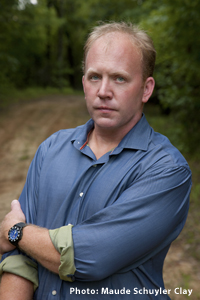 The book unfolds in the present, from Jacob’s perspective, and in chapters titled “Fernyear” that cover the past, describing a nine-year period beginning in 1857, when the Carolina College of Medicine and Physic opened its third year. Because state law at the time prohibited the use of humans for dissection unless the bodies belonged to executed criminals, the school has instead relied on dead goats. This revelation prompts half the new students to drop out, some demanding—and receiving—full refunds. “I must say, I had no idea conditions were so primitive in the South,” scoffs a Yankee teacher. “At some point these boys will be turned loose on bipedal mammals. We must have cadavers. Human cadavers.” Pushed to desperate measures to keep the school alive, its founder, Frederick Johnston, buys a slave, Nemo, whom he tasks with digging up newly buried slaves, including the bodies of people he often knew in life. For years, in secret, students perfect their dissection skills on these stolen human remains.
The book unfolds in the present, from Jacob’s perspective, and in chapters titled “Fernyear” that cover the past, describing a nine-year period beginning in 1857, when the Carolina College of Medicine and Physic opened its third year. Because state law at the time prohibited the use of humans for dissection unless the bodies belonged to executed criminals, the school has instead relied on dead goats. This revelation prompts half the new students to drop out, some demanding—and receiving—full refunds. “I must say, I had no idea conditions were so primitive in the South,” scoffs a Yankee teacher. “At some point these boys will be turned loose on bipedal mammals. We must have cadavers. Human cadavers.” Pushed to desperate measures to keep the school alive, its founder, Frederick Johnston, buys a slave, Nemo, whom he tasks with digging up newly buried slaves, including the bodies of people he often knew in life. For years, in secret, students perfect their dissection skills on these stolen human remains.
More than a hundred years later, when their bones are unearthed in the foundation of the administration building, Jacob reports the discovery to his boss, McMichaels, who not only admits that he knew of their existence but expresses dismay that workmen were permitted to dig in the basement. “I need you to take care of it for me,” he orders Jacob. “We need for it to go away.” Jacob conducts meticulous research to learn the origins of the skeletons and what, exactly, transpired at the school before the Civil War.
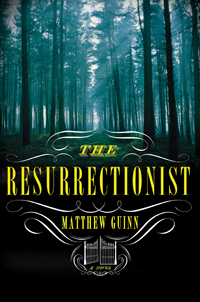 Cutting back in time, to 1861, Nemo has been at this “strange work of body snatching” for four years. “It was a hard line of work, to be sure, but it was his portion. Take it or leave it, as the white folks liked to say. But he had never heard a slave, who had no choice of leaving anything, use the phrase.” Nemo’s nocturnal efforts haunt him every waking moment: his Senegalese roots convince him that in desecrating graves and disturbing spirits he deserves death followed by a tormented eternity. Still, he delivers to his owner what his assignment demands, even staying on to work as an anatomy teacher after his emancipation.
Cutting back in time, to 1861, Nemo has been at this “strange work of body snatching” for four years. “It was a hard line of work, to be sure, but it was his portion. Take it or leave it, as the white folks liked to say. But he had never heard a slave, who had no choice of leaving anything, use the phrase.” Nemo’s nocturnal efforts haunt him every waking moment: his Senegalese roots convince him that in desecrating graves and disturbing spirits he deserves death followed by a tormented eternity. Still, he delivers to his owner what his assignment demands, even staying on to work as an anatomy teacher after his emancipation.
In uncovering the truth about what transpired at the medical school, Jacob ends up tracing his own family’s past, and he, like Nemo, faces a moral dilemma. If he goes along with the dean’s instructions to cover up the truth, he will salvage his career as a doctor at the price of his own guilt. Should he choose not to keep the bones and their history a secret, he will certainly be cast out by the dean, his reputation in tatters. For Jacob, there’s not a clear answer, and the journey to his decision makes for a fascinating, high-stakes suspense tale, underscored by the encroaching sense that the mistakes of one’s ancestors can play out in the present.
Guinn, a resident of Mississippi, based The Resurrectionist in part on the true story of Grandison Harris, a slave purchased by the dean of a Carolina medical school in 1852 and ordered to dig up and deliver freshly dead bodies to be used in anatomy classes. By structuring his story within two timeframes, set more than a century apart, Guinn brings both sides to life, and the result is an engrossing morality tale.
Matthew Guinn will read from and sign copies of The Resurrectionist on July 17 at 6 p.m. at The Booksellers at Laurelwood in Memphis.
